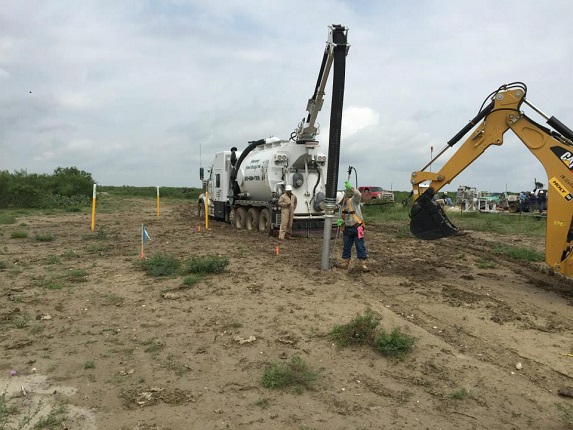Trenching and Excavating Safety Guidelines
Trenching and excavation are among the most dangerous construction jobs there are, which is why it is important to follow safety guidelines as outlined by the Occupational Safety and Health Administration (OSHA) to keep yourself and your crew safe while performing them.

Before getting started it is important to be clear about what trenching and excavating include. According to OSHA, trenching is the operation of digging trenches that are usually deep and wide. Their definition of excavation is the act of removing earth to build deep impressions in the ground, including trenches.
In other words, the two jobs are almost similar in many ways and for the purpose here can be used synonymously. What is beneficial for one, is most likely going to be good for the other.
Hazards of Trenching/Excavation Work
Each year trench collapses are responsible for hundreds of construction-related injuries. The caving in of trenches on excavation sites are the greatest threat to construction workers and many times end in fatality.
To protect you and your workers from such hazards, never enter or allow your workers to enter unsafe trenches. Any trench that is deeper than 5 feet has to have a general protective system in place. For trenches that are deeper than 20 feet, a safety system designed by an engineer is suggested.
If no engineer is available then it is also acceptable to use safety measures designed by highly-qualified engineers who have adequate experience in trench and excavation work.
Safety System
Some of the most common protective systems used to reduce the dangers of excavation work and trenching include:
- Sloping: cutting the wall of the trench at an angle.
- Aluminum Hydraulic Installation supports used to prevent cave-ins.
- Shielding: using boxes to prevent cave-ins.
While the above-mentioned safety measures seem simple, there are a number of considerations that must be calculated for them to be effective. These include:
- Soil Classification
- Water Content
- Depth
- Materials
- Weather
Since so many factors are involved in the design of safety systems as they pertain to trenching, OSHA suggests hiring a qualified person or team that can identify and resolve any potential hazards before construction workers begin excavation or enter any trench. This person or team must inspect the work site daily before the work starts.
General Guidelines
The safety guidelines mentioned above are by no means a substitute for professional safety advice. They do, however, give a general idea of the basics of creating a work-safe environment, especially for those who work at excavation sites.
Some other beneficial safety precautions are as follows:
- Never use heavy equipment near the edges of a trench.
- Always inspect the safety of a trench after rain.
- Keep work material 2 feet from trench edges.
- Inspect trenches each day before work starts.Always test for hazardous fumes in trenches before each shift.
About 4 Warriors Hydro Excavating
As a Christian family-owned business, 4 Warriors Hydro Excavating, believes in taking care of their customers – their family – as the Lord would want. The company offers some of the best workers and technicians in the industry and uses only top-rated machines and materials to perform their work. If you are interested in what 4 Warriors Hydro Excavating has to offer, contact us.
